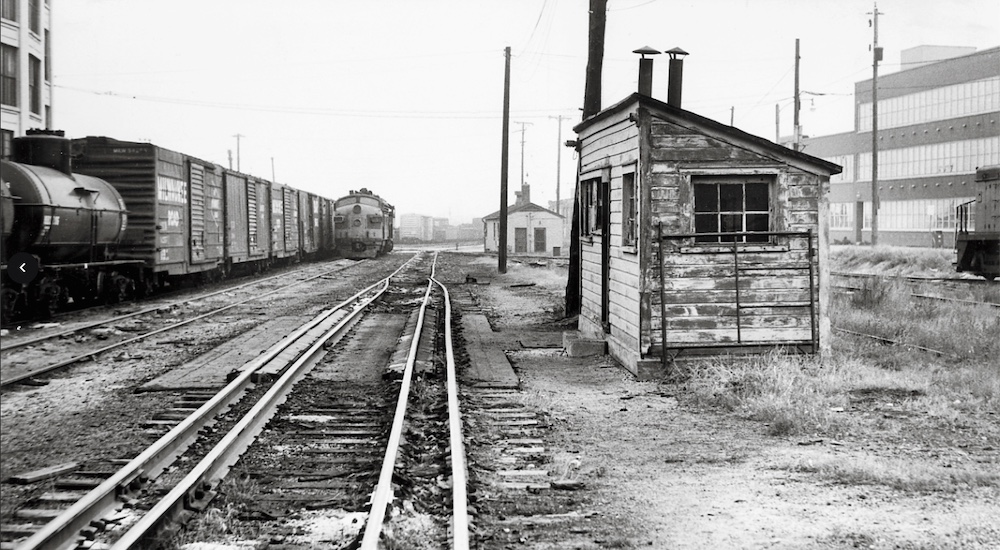
How much a railroad charges to move freight depends largely upon the weight of the cargo. Large shippers maintain in-plant track scales and weigh each car — knowing the weight simplifies the paperwork involved in billing the shipment
Other shippers rely on the railroad’s own track scales, which are usually located along a through yard track. The scales vary from 36 siding to 60 feet in length. (The length corresponds to the longest car that two, and a tarpaper, shingle, or is commonly weighed.) Scale capacities range from 100 to 150 tons, although some modern scales an oil tank. The scale deck can be have higher capacities.
Older track scales, like the one shown in this photo, are complex assemblies of heavy I beams, pivots, and levers housed in a concrete to be weighed. In this photo, the vault under the track. Although the scale track, also known as the scales are huge instruments, the accompanying scale houses are generally very small and simple buildings, having just enough room for the scale’s weigh beam, a weigh man, and, in cold climates, a coal or oil-fired heater.
Scale houses are as narrow as four feet, with a length of 10 or 12 feet. The buildings have large windows and exterior lights so the weigh man can see the reporting marks and car numbers. This worker also needs a way to access the scale pit. A larger scale house has a pit entry hatch in the floor, while smaller ones have an exterior entry, like a storm cellar door or weatherproof hatch.
To protect the scale, railroads often built a bypass track for locomotives and cars that did not need “live” track, can be easily seen, thanks to its protective sheet-metal weather guards covering the rail the scale pit.
Some railroads weigh cars uncoupled and stationary, while other weigh cars as they roll over the scale at 4 to 6 mph. Weigh-in-motion scales are more accurate when the cars move in a straight line as they approach, cross, and leave the scale, so the solidly mounted “dead” rails are offset to the side. Heave locomotives can be switched onto the dead rails to avoid potential damage to the delicate scale mechanism.
After World War II, pneumatic, hydraulic, and electronic scales appeared. These scales are less susceptible to damage, and the gantlet style bypass track faded from use.






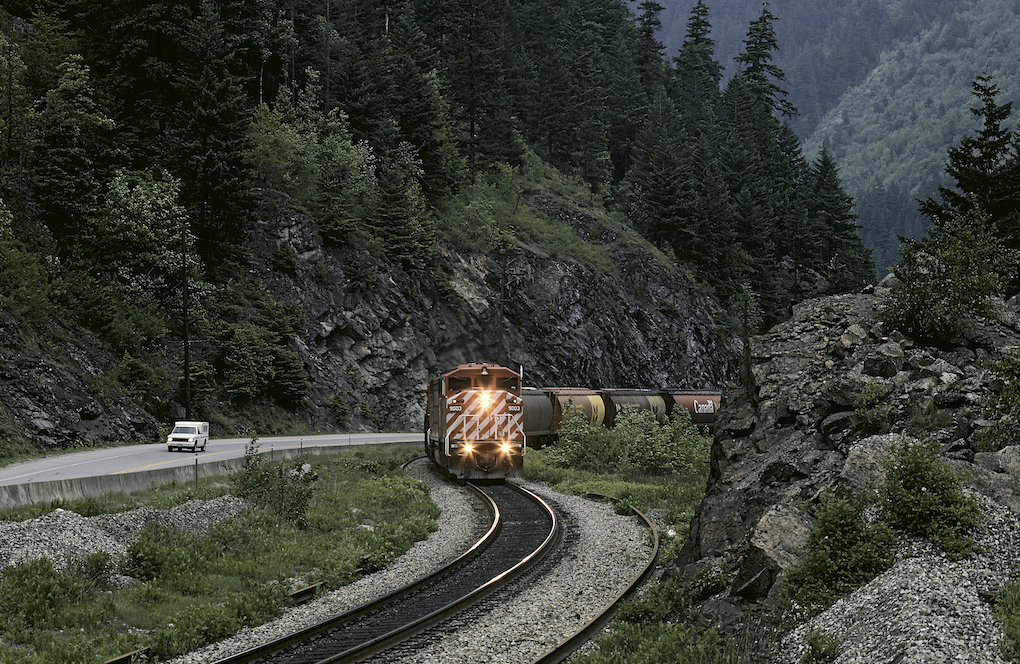
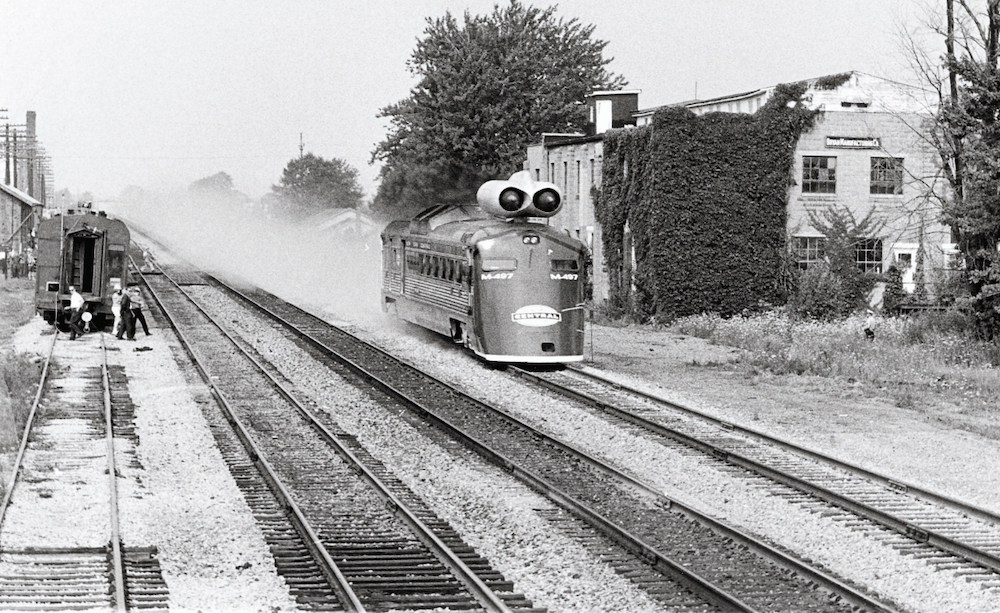
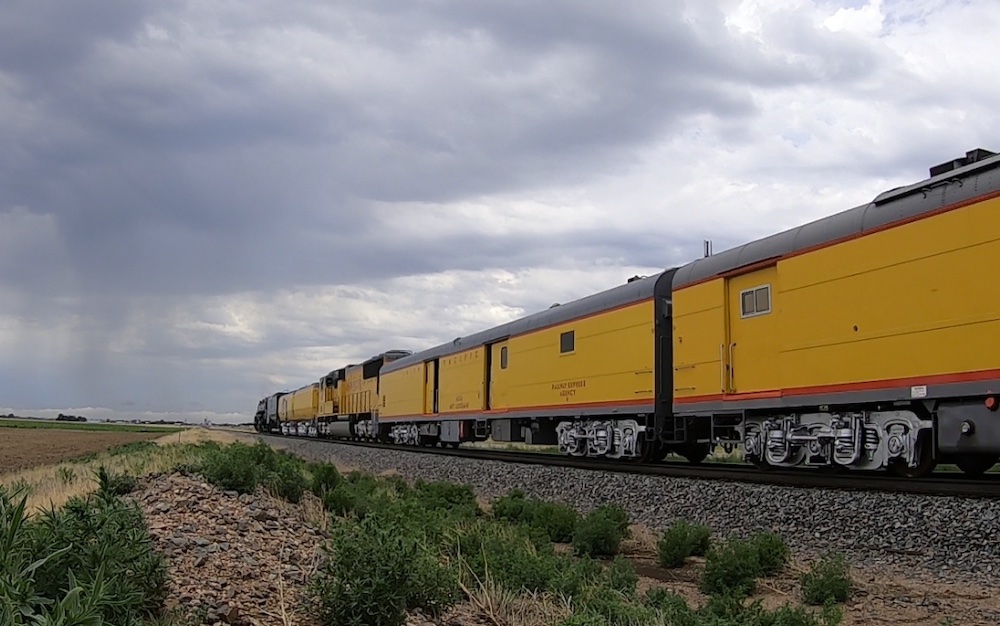
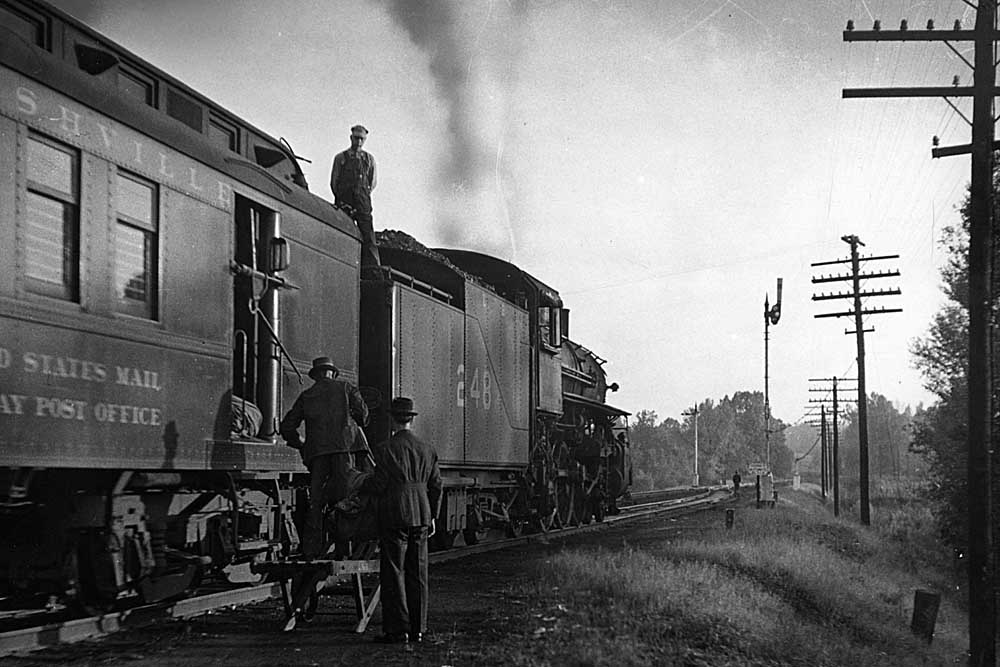
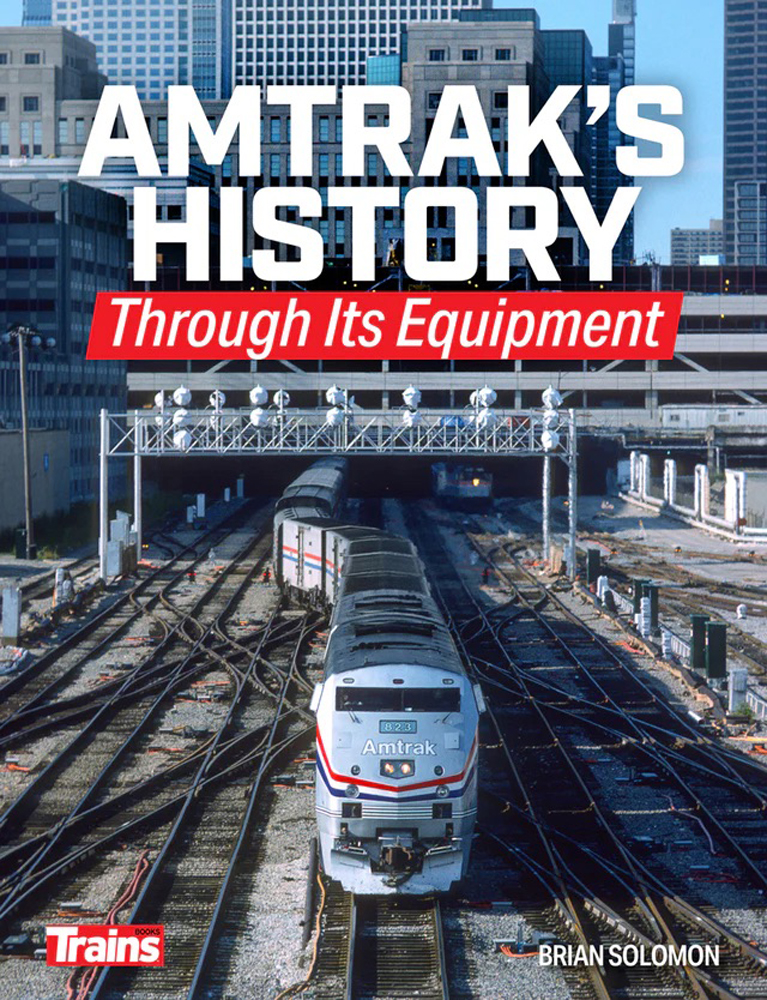
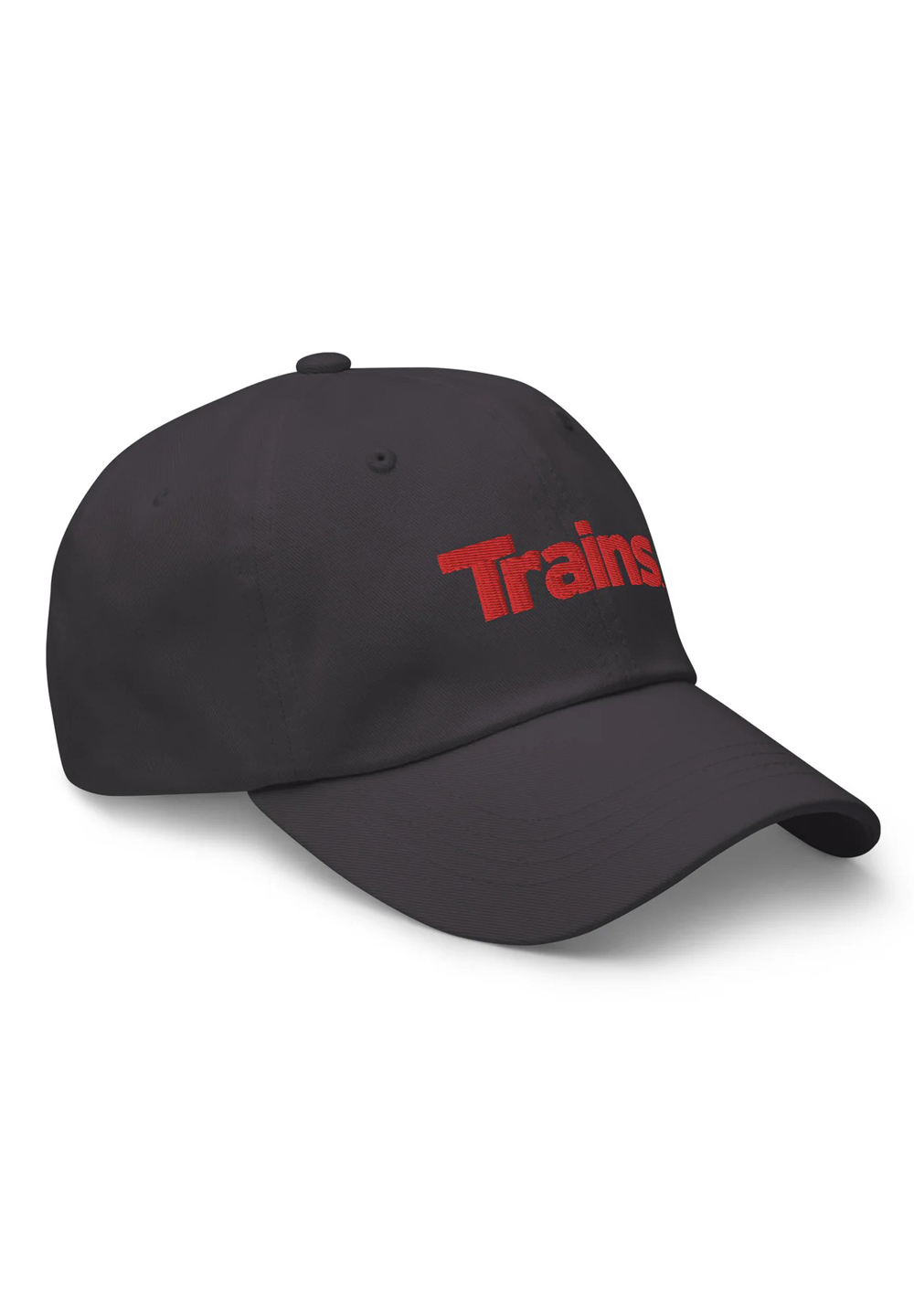
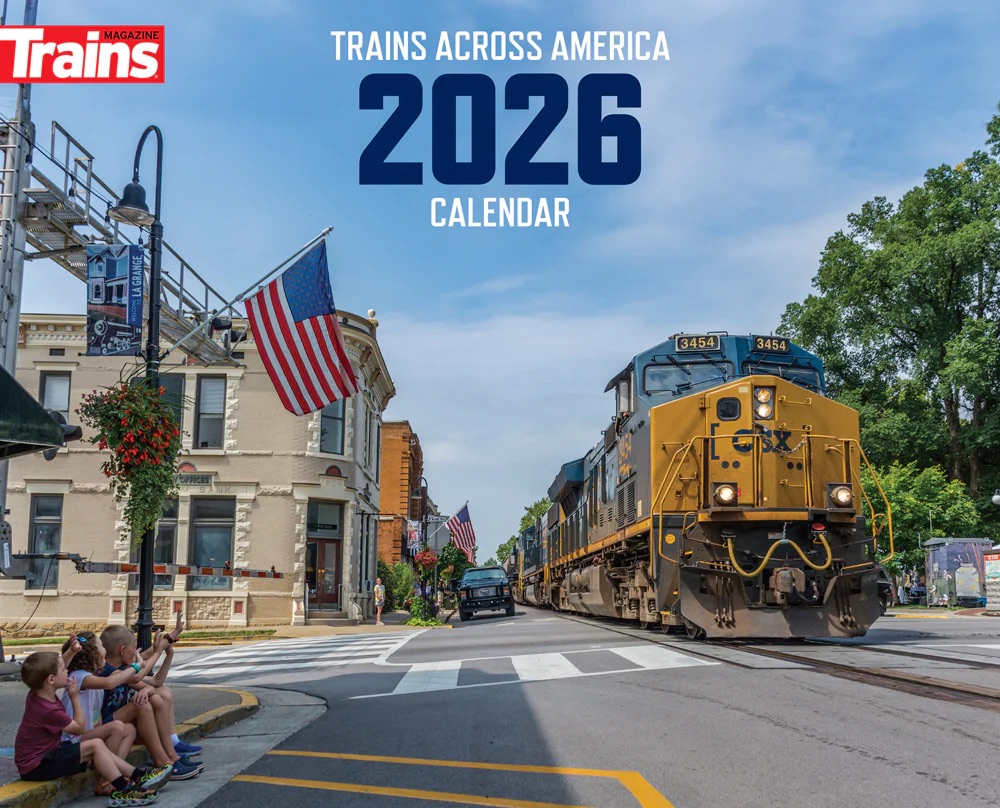
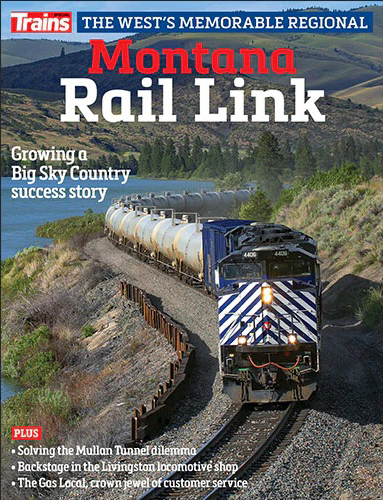
How were the engines connected to the car to be weighed? Can the couplings adjust for the distance between the main track and the bypass track or was a special coupling needed on the engine?
Wow, that was hard to read. The quality of these articles has really gone downhill!
Proofreading must be optional these days.
I agree Kevin. There for a minute thought I was having a stroke when nothing I was reading made any sense lol. .
Took the words right out of my mouth. And, this is not AI speaking, this is human me and these are my words. AI is definitely not ready for prime time, folks.